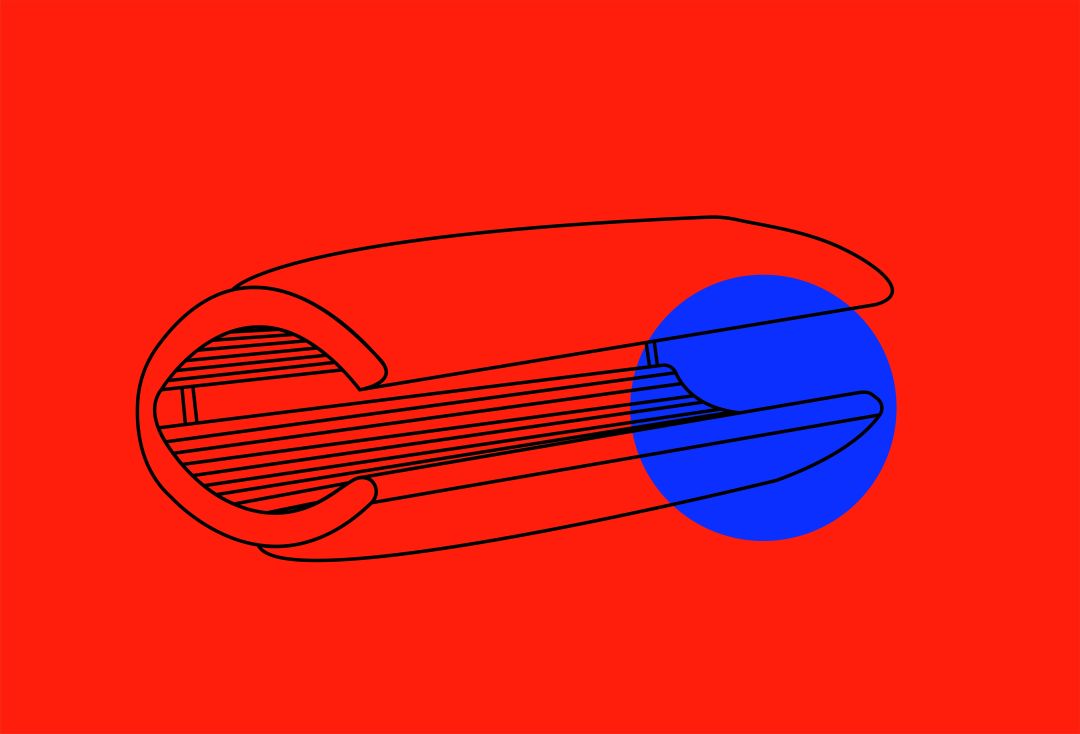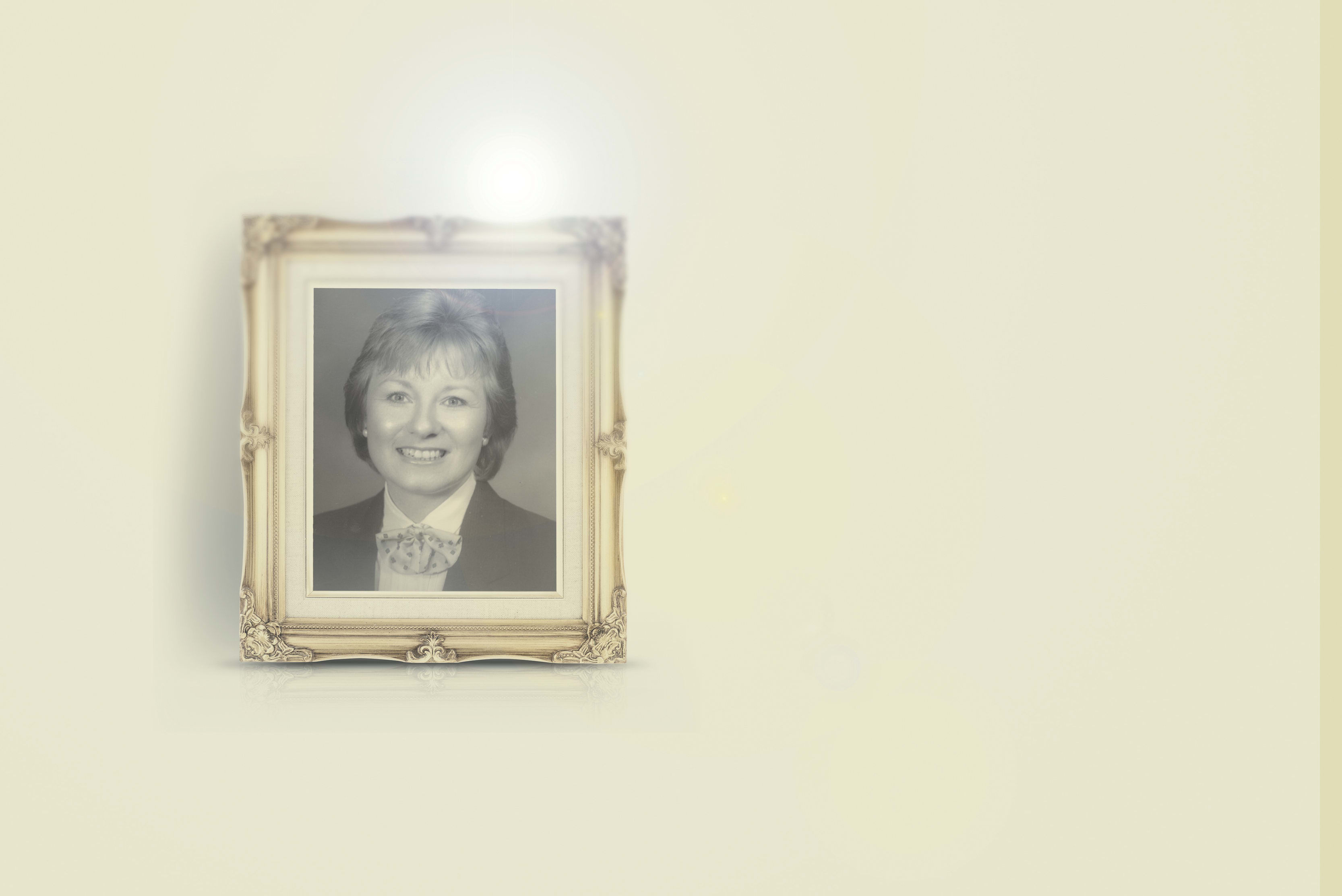What Is Laser Bed Therapy?

Image: Kari Perrin
You may have heard of laser surgery, but have you heard of laser therapy? This safe, non-invasive form of therapy helps relieve pain and promote faster healing from injuries like tendinitis and arthritis, and rotator cuff and spinal cord injuries. The lasers work by stimulating circulation and the promotion of adenosine triphosphate production (known as ATP) in the mitochondria of your cells. That's what produces cellular energy and aids your body's natural healing process.
Sarasota Sports Medicine's Dr. Ken Kauffman uses the therapy for many of his patients experiencing pain.
"There are two different kinds of this therapy that we provide: deep tissue laser therapy and the TheraLight bed treatment," says Kauffman. "The optimal candidate for this treatment is anyone that has pain as a result of an injury or illness."
Lasers work by emitting varying wavelengths of visible light, between 400 to 760 nanometers, through the skin and into the body. During a typical laser therapy session, a laser device will be applied to painful areas. Your cells will absorb the light energy and convert it to cell energy, reducing inflammation and pain. There are also different classes of lasers that provide varying strengths of treatment, like the class IV laser used for deep tissue therapy and class IIIB laser used in the laser bed treatment.
Are these lasers different from those used in surgery? It's all about the watts of light. Lasers within surgical devices are 300 watts and can cut through skin. Lasers used for therapy, or cold laser devices, use between five and 500 milliwatts. Therefore, they don't get as hot as surgical lasers. When undergoing a session, you may feel a slight warming sensation, but you will not feel pain.
Kauffman says the TheraLight Bed treatment stimulates mitochondria in the cells, and has a similar effect to regular laser therapy, but it's more superficial and is intended more for overall pain in the body. Patients lie in what looks like a mix between a tanning bed and an MRI machine, with their head in or out of the device. Laser bed therapy might be helpful for someone suffering from multiple sclerosis, chronic pain or someone experiencing the negative side effects of cancer treatment. Other benefits include improved sleep, mental clarity and a boosted immune system.
How often can you receive these treatments? Kauffman says laser bed therapy can be received at most every other day, with each treatment lasting about 10 minutes. Deep tissue laser therapy can be done every day for a number of days, depending on how the patient responds to the treatment.
"There is no risk of overdoing it, because the laser light affects the cells like filling up a soda bottle, once you get to the top and it runs over, the cells stop absorbing that light," says Kauffman.
Laser therapy treatments are provided at many sports medicine practitioners, where other forms of alternative treatment and physical therapy are provided. Each treatment can cost anywhere from $60 to $250 per session, depending on the practice and if patients are allowed to make long-term care plans. Most insurance companies, including Medicare and Medicaid, do not cover laser therapy treatments. Some however, might partially cover treatment if deemed medically necessary.
Sarasota Sports Medicine is located at 1400 Cattlemen Road, Suite 103, Sarasota. For more info, call (941) 927-0546 or visit the clinic's website.



